I firmly believe that Sunday mornings are best observed with a pot of hot coffee and a book or two to enjoy. So at Play4Agile2013 in February, on Sunday morning I pitched a Swashbooking session as one of the early slots in that day’s Open Space (though in my sleep-deprived and slightly hung-over state, I’m sure I called it ‘Bookswashing’ – I always get this backwards!). I also talked about it recently during an Agile Ottawa session as a tool for hacking your thinking, as I believe it’s a great technique for crowd-sourcing booklearning regardless of the time of day.
Swashbooking is a timeboxed approach to quickly skimming books to look for anything important, which can be practiced alone or collaboratively as part of a group. I first learned of swashbooking from Deb Hartmann Preuss (a woman who continually gets me into all kinds of good trouble), though the idea originated with James Marcus Bach, whose work as a software tester and educator has inspired me in many ways. James’ excellent book Secrets of a Buccaneer-Scholar vividly describes his experiences with hacking his own education. He has shared a video on Competitive Swashbooking capturing an 8-hour marathon wherein he and his brother Jon swashbooked their way through a diverse collection of 100+ books in order to produce a short presentation about what they learned.
Group swashbooking as I’ve practiced it is very simple:
- collect a diverse selection of books, at least one per participant. For rapid skimming, paper books offer a distinct advantage over ebooks.
- each person in the group selects a book and reads it in whatever way they prefer for a short period of time (6-10 minute timeboxes work well). The reader may read a chapter, scan the table of contents or index, flip through and look at all the illustrations — whatever works for them in finding something important in the book at hand. Recording observations as you go will be helpful, so stickies or index cards and a pen will come in handy.
- at the end of the timebox, each reader passes the book along to the next person in the group, who then reads it in whatever manner appeals to them as outlined in step 2.
- Repeat step 3 until everyone has had a chance to examine each book
- Have a short, time-boxed group discussion to share observations and impressions of the books being considered.
For a group of 5 people, the timing might work like this for a 60 minute swashbooking session:
- 5 min intro
- 30 min reading – 5 * 6 min reading sessions
- 20 min discussion – 4 min to share impressions of each book
The outcome of a swashbooking session is that all participants get a good overview of what some of the important aspects of the book might be, and have likely learned enough to make a decision of whether it’s worth digging further into a particular book.
At p4a13, the result of the session was that we all decided we really wanted to read Turn the Ship Around cover-to-cover, and there’s a plan afoot to set up a virtual Agile book salon to discuss it in a couple of months. I’ve also done this with my business partners and at other events, and in every case the participants have found the experience fun and beneficial. I can also see using this very successfully in a problem-focused situation, particularly with a diverse selection of books (bring poetry! bring picture books!) in order to stimulate creative thinking about the problem space.
If you decide to try Swashbooking, please leave me a comment letting me know how it worked for you.
